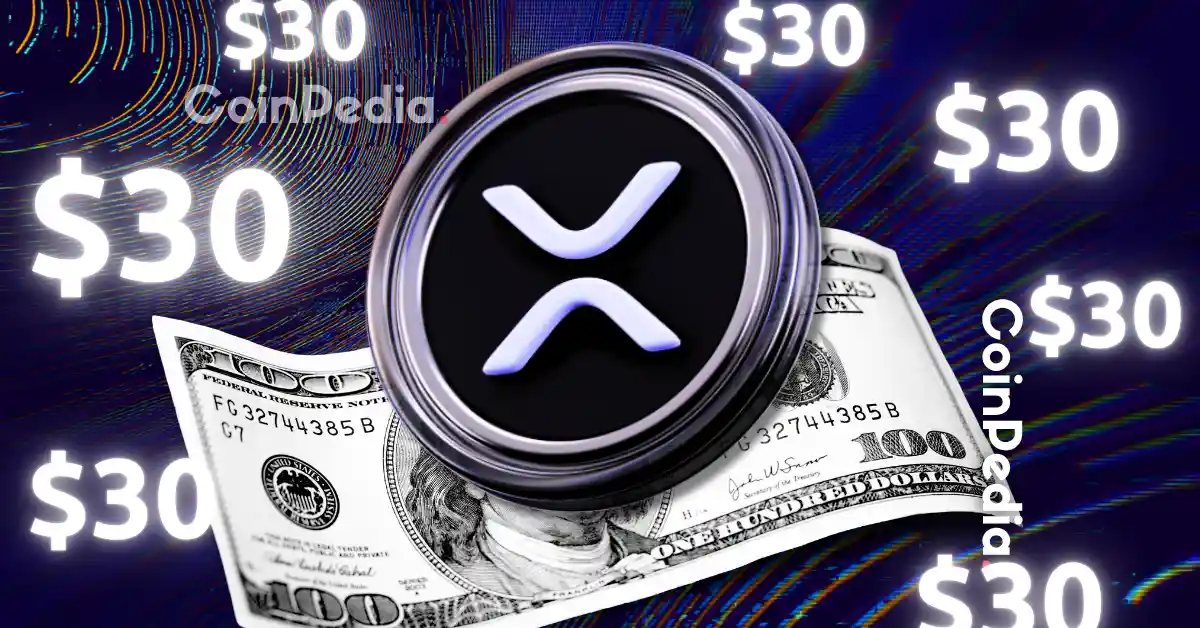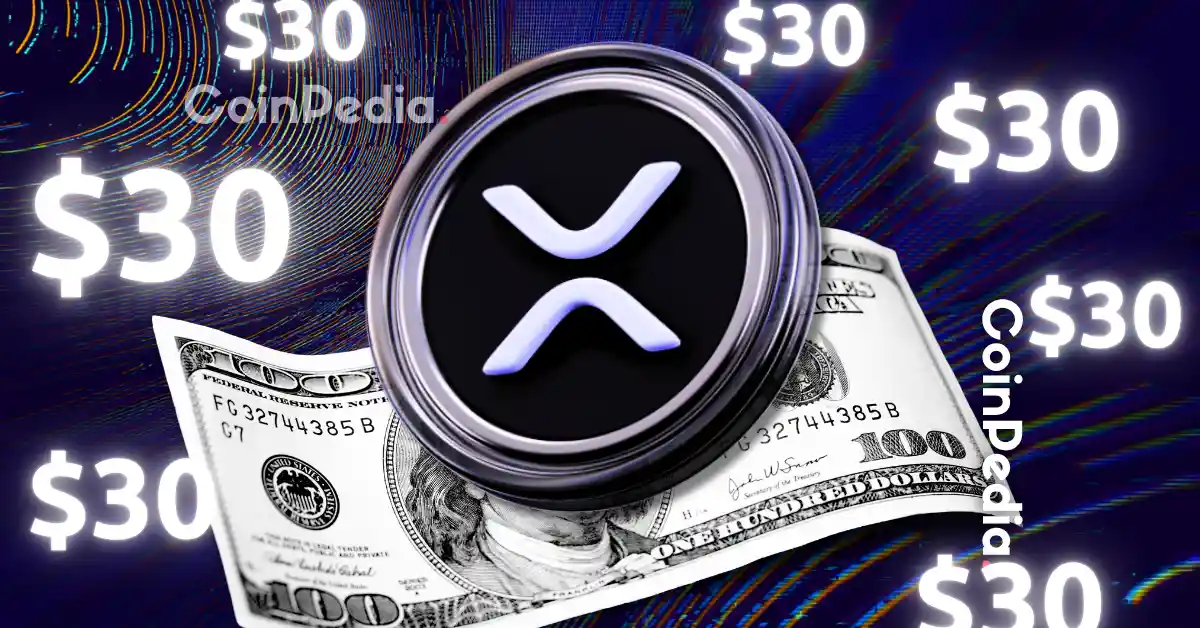The cryptocurrency landscape is constantly evolving, with established players seeking new avenues for growth and innovation. Ripple, a prominent fintech company known for its XRP cryptocurrency and blockchain-based payment solutions, has recently launched its own stablecoin, RLUSD. This move has sparked considerable debate within the crypto community, particularly regarding the potential impact of RLUSD on XRP’s price and overall role within the Ripple ecosystem. Some analysts believe that RLUSD could cannibalize XRP’s utility, while others argue that the two assets can coexist and even complement each other. This analysis delves into the intricacies of this situation, exploring the factors that will determine how RLUSD affects the price of XRP.
Understanding RLUSD: A Stablecoin for the Ripple Ecosystem
RLUSD is a stablecoin pegged to the US dollar, designed to provide a stable and reliable medium of exchange within the Ripple ecosystem. Its primary purpose is to facilitate faster and more efficient transactions, particularly in cross-border payments and decentralized finance (DeFi) applications. Unlike XRP, which is subject to price volatility, RLUSD offers a stable value, making it attractive for businesses and individuals seeking to avoid the risks associated with fluctuating cryptocurrency prices.
Monica Long, President of Ripple, has emphasized that RLUSD is intended to complement XRP, not compete with it. She envisions RLUSD playing a crucial role in attracting traditional financial institutions to the Ripple ecosystem, as it provides a familiar and stable asset for conducting transactions. The stablecoin’s integration with Ripple’s existing infrastructure, such as RippleNet, could enhance its utility and adoption. Additionally, RLUSD’s compliance with regulatory standards could further boost its appeal to institutional investors and financial institutions.
XRP’s Current Role: Bridging Currencies and Facilitating Payments
XRP was designed to be a bridge currency, facilitating faster and cheaper cross-border payments compared to traditional methods. Its speed and low transaction costs make it an attractive alternative to SWIFT, the dominant system for international money transfers. XRP is also used to provide liquidity for payment providers, allowing them to quickly and efficiently move funds across borders.
However, XRP’s price volatility has been a significant obstacle to its widespread adoption. Businesses are hesitant to hold large amounts of XRP due to the risk of sudden price drops, which can erode their profits. This is where RLUSD comes in, offering a stable alternative for conducting transactions within the Ripple ecosystem. The introduction of RLUSD could potentially address some of the concerns related to XRP’s volatility, making the Ripple ecosystem more attractive to a broader range of users.
Potential Scenarios: How RLUSD Could Affect XRP’s Price
The launch of RLUSD could have several potential impacts on the price of XRP, both positive and negative. These scenarios depend on factors such as the adoption rate of RLUSD, its integration with existing Ripple products, and the overall market sentiment towards XRP.
Scenario 1: Increased Ecosystem Utility, Positive Impact on XRP
If RLUSD succeeds in attracting more businesses and users to the Ripple ecosystem, it could indirectly benefit XRP. As more transactions are processed using RLUSD, the demand for XRP could increase as it is still needed for specific functions within the network, such as transaction fees and maintaining network security. This increased demand could lead to a higher price for XRP. Moreover, the increased visibility and credibility that RLUSD brings to the Ripple ecosystem could also attract more investors to XRP.
Scenario 2: Cannibalization of Use Cases, Negative Impact on XRP
Conversely, if RLUSD becomes the preferred medium of exchange within the Ripple ecosystem, it could reduce the demand for XRP. If businesses and individuals primarily use RLUSD for transactions, the need for XRP as a bridge currency could diminish. This reduced demand could lead to a lower price for XRP. Concerns have been raised about XRP potentially being relegated to only handling transaction fees while RLUSD takes over its broader functions.
Scenario 3: Complementary Assets, Neutral Impact on XRP
It is also possible that RLUSD and XRP could coexist as complementary assets, with minimal impact on each other’s prices. In this scenario, RLUSD would primarily be used for stable transactions, while XRP would continue to be used for liquidity provision and other specific functions. The success of this scenario depends on Ripple’s ability to clearly define the roles of each asset and ensure that they both contribute to the overall growth of the ecosystem.
Factors Influencing the Outcome: Adoption, Integration, and Market Sentiment
Several factors will influence the actual impact of RLUSD on XRP’s price.
Adoption Rate of RLUSD
The speed and extent to which RLUSD is adopted by businesses and individuals will be crucial. If RLUSD gains widespread acceptance, it could significantly impact XRP’s role within the ecosystem. The stablecoin’s ability to provide a reliable medium of exchange could attract users who are hesitant to use volatile cryptocurrencies like XRP.
Integration with Existing Ripple Products
How well RLUSD is integrated with existing Ripple products, such as RippleNet, will also play a significant role. Seamless integration could encourage greater adoption of RLUSD and enhance its utility within the ecosystem. Ripple’s efforts to integrate RLUSD with its existing infrastructure could determine the stablecoin’s success and its impact on XRP.
Market Sentiment Towards XRP
The overall market sentiment towards XRP, influenced by factors such as regulatory developments and legal challenges, will also affect its price. Positive news and developments could boost XRP’s price, while negative news could have the opposite effect. The ongoing legal battles and regulatory clarity surrounding XRP will play a crucial role in shaping market sentiment.
Regulatory Clarity
Stablecoins are increasingly under regulatory scrutiny. The regulatory landscape surrounding RLUSD will significantly impact its adoption and, consequently, its effect on XRP. Clear and favorable regulations could boost confidence in RLUSD, while restrictive regulations could hinder its growth. Ripple’s proactive approach to regulatory compliance could help RLUSD gain traction in the market.
Ripple’s Strategy: Maintaining XRP’s Relevance
Ripple is actively working to ensure that XRP remains a vital part of its ecosystem despite the launch of RLUSD. The company is focusing on expanding the use cases for XRP, particularly in areas such as DeFi and micropayments. Ripple is also working to increase the liquidity of XRP and make it more accessible to institutional investors.
Ripple’s acquisition of companies that offer seamless integration of blockchain and prime brokerage services, leveraging RLUSD and XRPL, indicates a strategic move to enhance the utility and reach of both assets. Additionally, Ripple’s pursuit of a US banking license signals its ambition to integrate RLUSD more deeply into the traditional financial system, potentially making it one of the most secure and trusted stablecoins.
Real-World Examples and Future Projections
As of July 4, 2025, XRP is trading at $2.23, a slight decrease from the previous day, highlighting the inherent volatility of the cryptocurrency market. Analysts like Vincent Van Code remain optimistic about XRP’s long-term growth, suggesting that the real growth is still ahead, even with the introduction of RLUSD. Some analysts anticipate that increased adoption of RLUSD could trigger a breakout in XRP’s price in the coming weeks.
The introduction of RLUSD could also lead to increased institutional interest in the Ripple ecosystem. As more traditional financial institutions adopt RLUSD for stable transactions, they may also explore the use of XRP for liquidity provision and other functions. This could lead to a symbiotic relationship between the two assets, with RLUSD attracting users to the ecosystem and XRP benefiting from increased adoption and utility.
Conclusion: A Complex Interplay of Forces
The launch of RLUSD introduces a new dynamic into the Ripple ecosystem, creating both opportunities and challenges for XRP. While RLUSD has the potential to attract new users and businesses to the Ripple network, it also raises concerns about the potential cannibalization of XRP’s use cases. The actual impact on XRP’s price will depend on a complex interplay of factors, including the adoption rate of RLUSD, its integration with existing Ripple products, market sentiment towards XRP, and regulatory developments. Ripple’s strategy of expanding XRP’s use cases and increasing its liquidity will also be crucial in determining its future role within the ecosystem. Only time will tell whether RLUSD and XRP can coexist as complementary assets or if one will ultimately overshadow the other. The next few years will be critical in shaping the future of both assets and the Ripple ecosystem as a whole.












